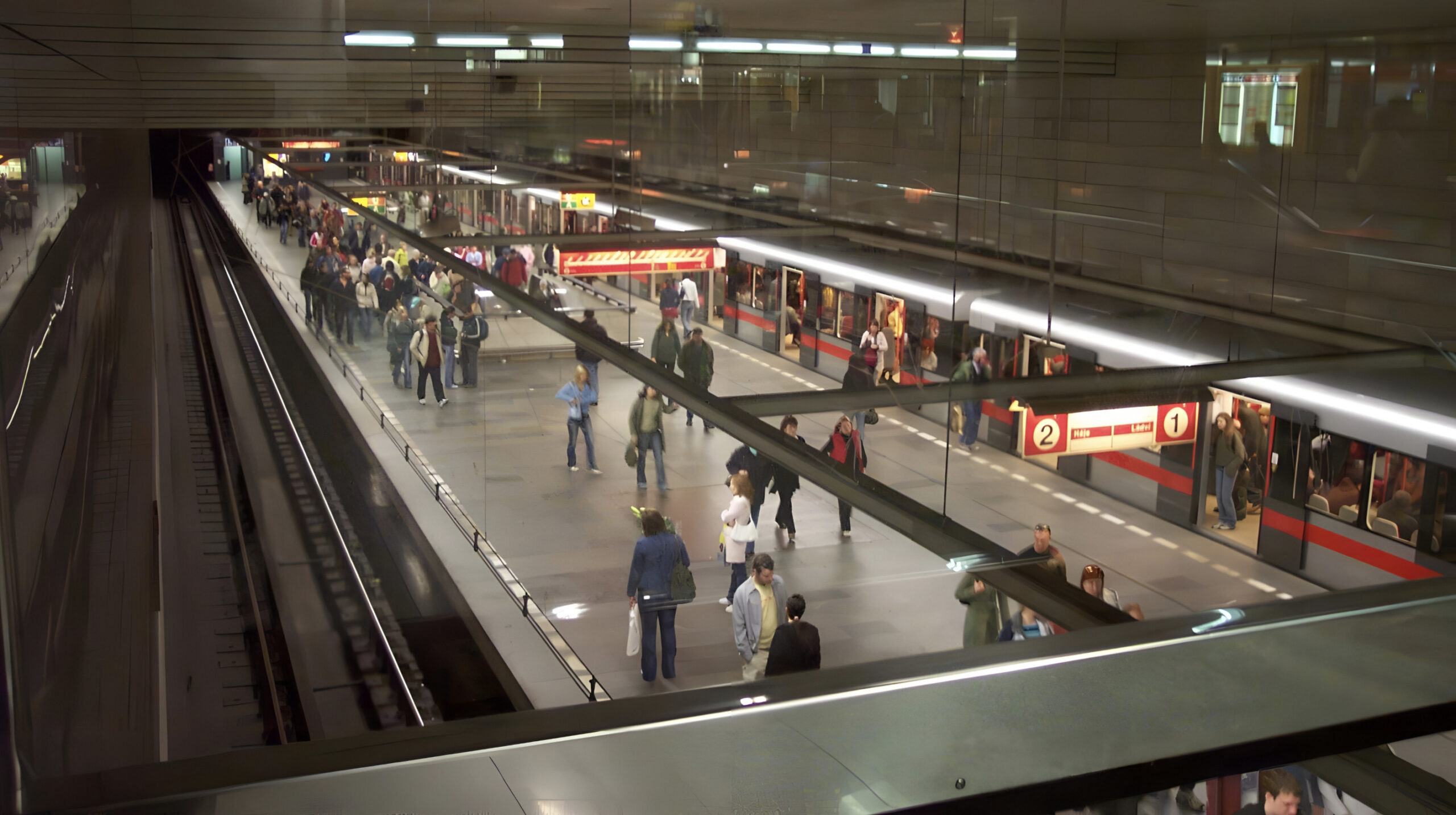
Civil protection and shelters in the Czech capital
In Estonia, examples from the Nordic countries have recently been cited in relation to civil protection and shelters, but this is nothing special on a European scale. The Government Office of Estonia, the Estonian Ministry of the Interior, and the Estonian Rescue Board would do well to take a look at the capital of the Czech Republic, where civil protection has deep roots.
Prague’s underground infrastructure forms a network of protective lines capable of sheltering residents in times of crisis and war. Similar to larger cities with metro systems, Prague has many tunnels, service passages, and rooms of various sizes and purposes. However, there is also a hidden part of the metro that hundreds of thousands of people traveling between work and home every day do not notice.
This is because most of the Prague metro, the capital of the former Czechoslovakia, whose first line opened in 1974,1 was built during the Cold War, and as work progressed, a project called OSM was launched, the nature of which was perfectly concealed by the metro construction. It is estimated that the Ochranný Systém Metra protection system, which covers most of the metro as a giant shelter, accounted for nearly half of the construction cost of the underground railway. Half a century later, it can still accommodate nearly 330,000 people, or one in four of the capital’s residents.
Human life is also more valuable in the Czech Republic than in Estonia
OSM qualifies as a STOU (Stálý Tlakově Odolný Úkryt, or permanent pressure-resistant shelter)2 shelter in the Czech Republic and, similar to higher-category shelters in Finland, protects against shock and pressure waves, radiation and radiation contamination, heat pulses, and chemical and biological weapons. This is made possible by the depth (the deepest station is 55 meters below ground) and practical solutions that allow most of the metro system to be hermetically sealed with special doors in case of danger, as in Finland.
STOU stations have blast doors that separate the tunnel sections, and there are even more of them in the tunnel network itself, which means that the destruction of one area will not cause a domino effect in other sectors, and they will remain safe. The STOU stations that offer the highest level of protection are on line A from Dejvicka to Skalka (12 stations with a capacity of 116,000 people), on line B from Nové Butovice to Českomoravská (14 stations, 130,000 people) and on line C from Roztyly to Háje, plus the Vltavská and Nádraží Holešovice stations (a total of 6 stations for 85,500 people).3
This brings us to the current situation in the Czech Republic, where Prague’s 65 km long metro system forms a significant part of a proper shelter network, which needs additional elements to function during crises and wars. Fortunately, the Czechs have thought of this, as stations and tunnels also have their own secret and restricted access areas, which contain technical networks, smaller storage and control rooms, and disinfection areas. The OSM tunnels are also connected to several other areas, such as the underground garages in central Prague, which are also equipped with blast doors.
In addition to OSM, there are 38 other larger STOU shelters in Prague, many of which are connected to OSM itself, such as the Strahov tunnel, which is not obvious at first glance, and that is how it should be. As a normal car tunnel (like the Peterburi maantee tunnel in Tallinn), which is part of a wider tunnel system running from the north to the south of Prague, it can be hermetically sealed on both sides with 40-ton doors in case of danger to create an additional shelter. There are also technical rooms and warehouses where an additional 15,000 people can take shelter (unlike the few mini-tunnels in Tallinn, which are to be built in the near future). As it is an integrated system, the Strahov tunnel is connected to the OSM network and the B line of the metro.
It should be noted here that, due to different periods of development, the Prague metro is relatively large and complex, especially in the city center, which is why, in addition to public transport and OSM tunnels (and probably also connections between various government agencies), there is a 90 km long collector system of varying heights and widths in the capital. Although the latter does not have STOU level, in some places it is located at a depth of 35 meters, remaining at a depth of 20-25 meters in the center, which offers decent protection against overhead hazards.
Added to all this are the old Prague underground passages and sewerage system. Although the latter are not suitable for use as shelters, they are suitable as hiding places. The aforementioned civil defense facilities in Prague give an idea of how large, deep, and interconnected a functioning system such as the one in Helsinki can and must be.
In Prague, they don’t hand out “safe shelter” stickers just for good intentions
Currently, all parts of the Prague OSM network and shelters can accommodate more than 450,000 people, but after the completion of two new metro lines (D and O), this number will reach 600,000.4-6
Knowing how well-organized the system is and how consistently it is expanding, it becomes clear that Finland and its civil defense are not some kind of world wonder or a phenomenon that breaks new ground on a European scale, which is maintained, developed, and expanded for the protection of its rear.
At this point, everyone could ask our elected representatives, and especially the prime minister himself, considering the state of civil defense in Estonia – how much does the illusion of rear security created and marketed to us cost in the event of armed conflict or natural disaster, and are the small amounts of money that are so reluctantly allocated today to protect Estonian families really commensurate with the threats we face today?
Sources
Jaga postitust:
